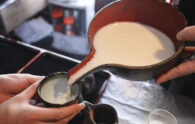On February 8th, 2025, a festival known as the All-Japan Nohadate no Tsudoi was held in the Isawa area of Oshu, Iwate. Featuring a rope-braiding championship, traditional performing arts, fireworks, and similar, it’s a regular event in this region: one that brings a bright spot into the cold and darkness of a winter that can feel as if it’s been going on forever.
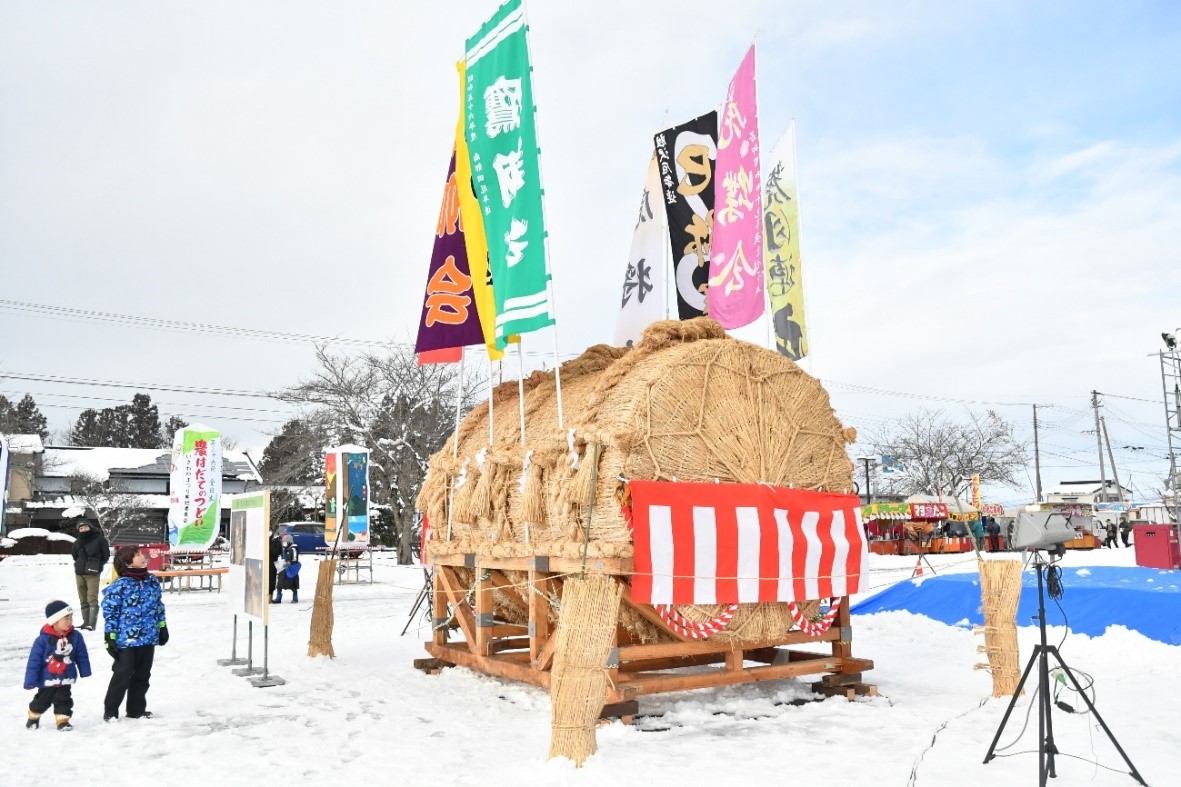
This large rice bale is an important part of the event.
At this point, I’d like to tell you to come and enjoy this festival when you come to Iwate in the winter. Unfortunately though, as of this year Nohadate no Tsudoi has come to an end: it will no longer be celebrated. But that doesn’t mean that the festival will become a forgotten part of the past. In this article, I’d like to talk about what happens when the curtain falls on traditional Japanese festivals, and what new adaptations can come in their wake.
About Nohadate no Tsudoi
Nohadate no Tsudoi is a festival in midwinter to wish for bountiful harvests and safe farm work in the new year. To explain the name, “nohadate” refers to the ceremonial first day of farming in the new year, and “tsudoi” simply means “gathering.” It’s been held since 1990, and is full of things that one can only experience in Oshu. The event itself is held in defiance of winter’s chill, bringing everyone together through food, drink, sacred fire, and local traditional arts.
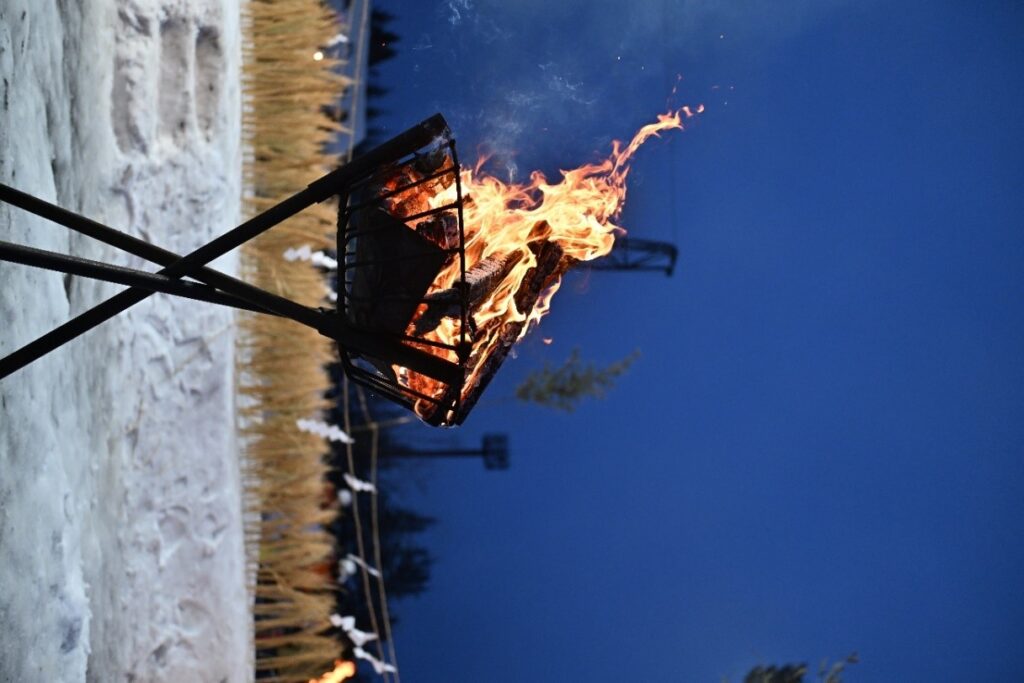 One of the pine torches of sacred fire.
One of the pine torches of sacred fire.
Reflections on Canceled Festivals
Of course, it’s a shame when historic festivals, which have continued for so long, come to an end. But the memories and the meaning of the event may persist, albeit in a new form. For instance, last year, Sominsai also concluded, but this year, a small-scale continuation event was held on temple grounds. In the case of Nohadate no Tsudoi, the large usu mortar will be displayed around the Isawa area, and – according to one of the festival workers I spoke with – it seems that some sort of continuation event will happen this summer.
I think it’s deeply meaningful that people work out ways to ensure that traditions aren’t just cast aside. It reminds me of the practice of rebuilding shrines and temples again and again after they burn down. Even if the building takes a different form, it still fulfills the same role as a symbol of the area, as a place to pray, and similar. People don’t give up – they just adapt to the new reality.
When reading books about physics in connection to the possibility of the ILC, I often come across the concept that matter is neither created nor destroyed: it just shows up in different forms. I think a version of this concept can be seen in Japan’s approach to festivals. Yes, Nohadate no Tsudoi or Sominsai will not be held in exactly the same style, but the intentions and meaning behind the festival can continue in all sorts of ways.
I believe this ability to hold onto the important parts of a festival, while understanding that the details will change, is an example of an underrated aspect of Japanese culture: accepting, and adapting to, inevitable changes.
This situation also brings to mind something I often tell visitors to Japan: that one’s time in Japan is limited, and that fun cultural events can be seasonal and short-lived, so it may be impossible to experience everything on your itinerary. Rather than worrying about the things you might’ve missed, I strongly recommend throwing yourself into whatever place and season in Japan in which you find yourself, and focusing on what you were able to take part in.
As someone who lives in Japan, I try to enjoy each year as it comes. If you come to Oshu, please fully appreciate the season it is when you visit, and accept our city as it is.
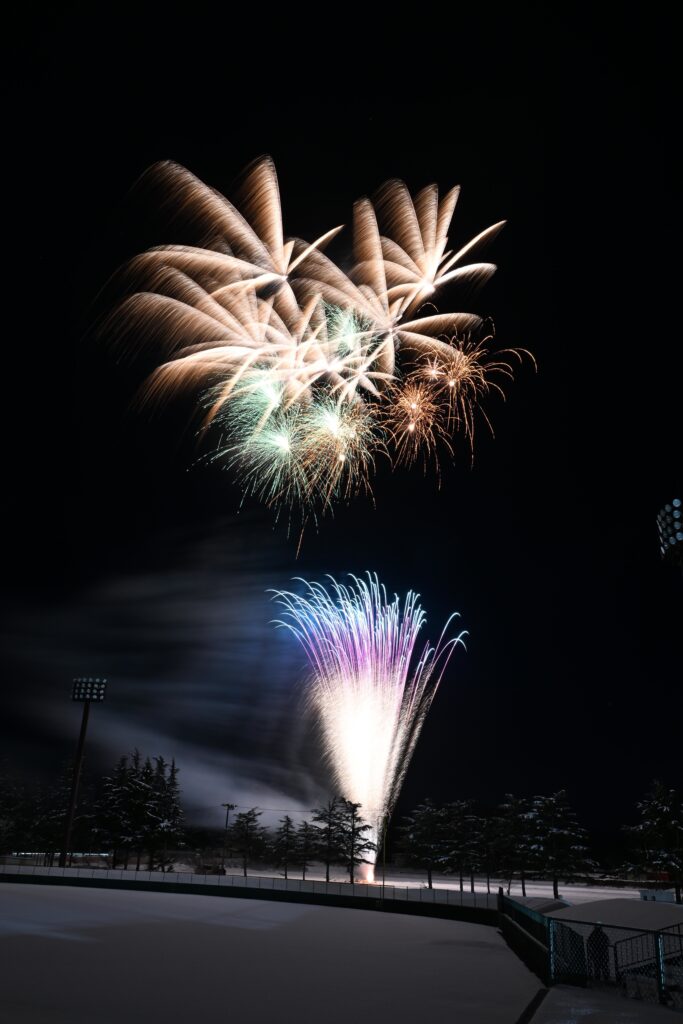 The winter fireworks, ending this iteration of Nohadate no Tsudoi.
The winter fireworks, ending this iteration of Nohadate no Tsudoi.
Japanese
時代の終わり:最後の「農はだてのつどい」2025年2月8日、岩手県奥州市の胆沢で「全日本農はだてのつどい」という祭りがありました。祭りでは、縄ないチャンピオン決定戦や、郷土芸能の披露、花火の打ち上げなどが行われ、寒さと暗闇がずっと続いているように感じる冬に、明るい話題です。この地方の恒例行事です。
冬に岩手に来たら、ぜひこの祭りを楽しんでほしいところですが、残念ながら農はだてのつどいは今年で最後の開催でした。ですが、祭りは「過去のもの」として忘れ去られるわけではありません。
それでは、日本の伝統的な祭りが幕を下ろした後、どのように形を変えて後世に受け継がれていくのかをお話したいと思います。
「農はだての集い」とは
農はだてのつどいは、真冬に新年の豊作と農作業の安全を祈願する祭りです。名前について説明すると、「農はだて」とは新年の農作業を始める日を意味し、「つどい」は「集まり」を意味します。
この祭りは1990年から始まりました。奥州市ならではのイベントが体験でき、冬の寒さをものともせずに行われます。誰もが神聖な火の元で何かを食べたり飲んだり、地元の伝統芸能などを通じて、ひとつになります。
終わりを迎えた祭り
もちろん、長い間に続いてきた歴史ある祭りが終わることはとても残念ですが、終わったことで新しい形になり、祭りの記憶や意義は受け継がれていくかもしれません。例えば、昨年「蘇民祭」が終了しましたが、今年、小規模なイベントが寺の境内で行われました。農はだての集いも、巨大な臼が胆沢で展示され、そして祭りの受付員によると、夏には何らかの形で後継行事が行われる予定です。
私は、人々が「伝統を捨て去らないためにどうするか」を考えることに意味がある、と思います。時に焼け落ちた神社仏閣が何度も再建されたように。建物が形を変えてもその役割(祈りの場、地域の象徴等)を担うことに変わりはなく、人々が諦めずに現状に順応していくことが大事なのです。
ILCの可能性について言及している物理学の本を読んでいると、よく「物質は創造も破壊もされない、ただ形が変わる」という概念を見かけます。これは、日本の祭りにも同じことが言えると思います。「農はだてのつどい」や「蘇民祭」は形を変えても、祭りに込められた意図や意味は、変わらずに様々な方法で受け継がれていくことでしょう。
細部が変わることを理解しながらも避けられない変化を受け入れ、それに適応し、祭りの大事な部分を守るという点は、日本文化の過小評価されている側面のひとつではないでしょうか。
これは、私が日本を訪れる観光客によく言うことです。「日本にいる時間は短く限られていて、季節限定の文化的なイベントを全て体験することはできないかもしれない。でも、出来なかったことをくよくよするより、出来ることを目一杯楽しんで、日本のどんな季節も場所にも飛び込んでいけば良い」
日本に住んでいる私としては、何が起こるかわからない1年を楽しみたいと思っています。もしあなたが奥州市に来たならば、季節を感じながら、ありのままのこの街を楽しんでください。
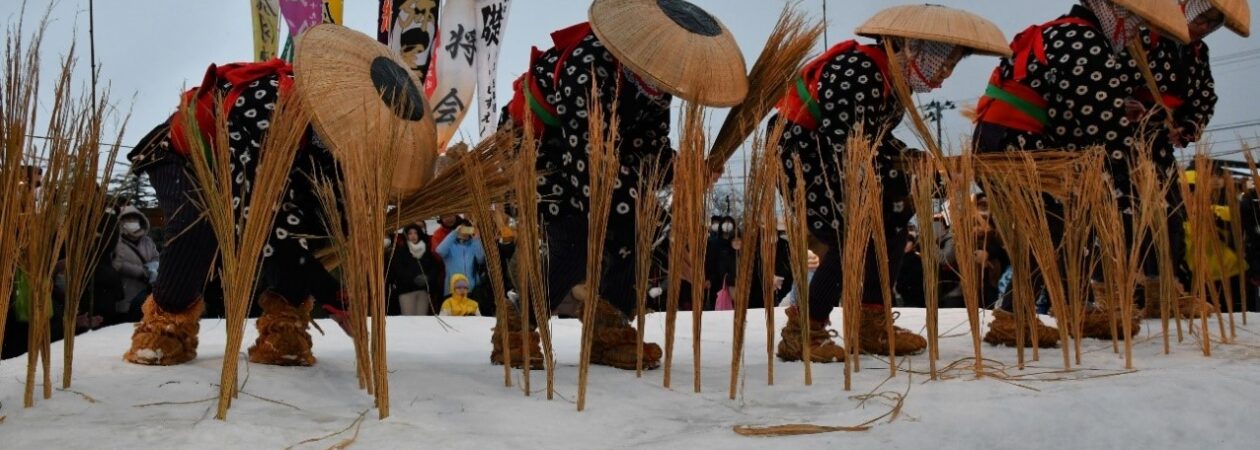
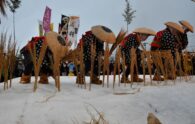
-195x124.jpg)
